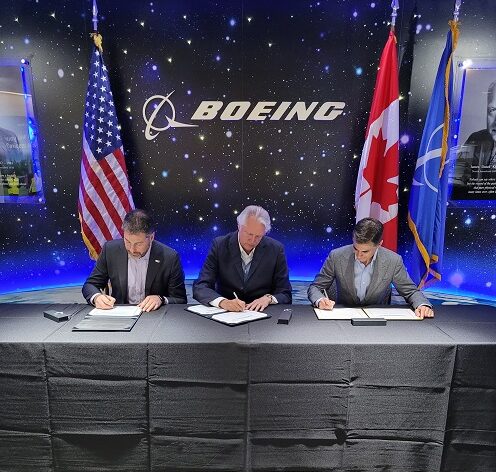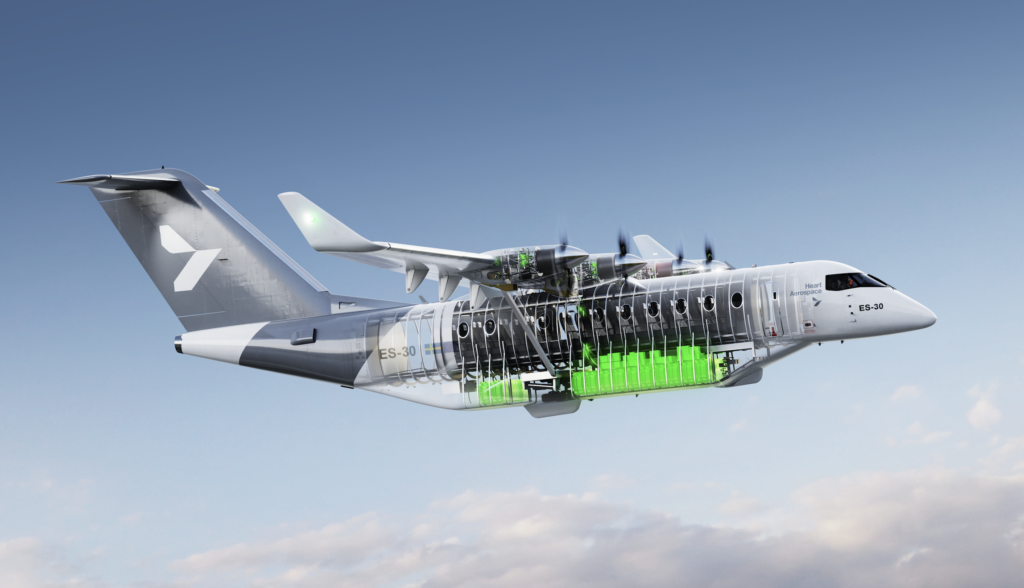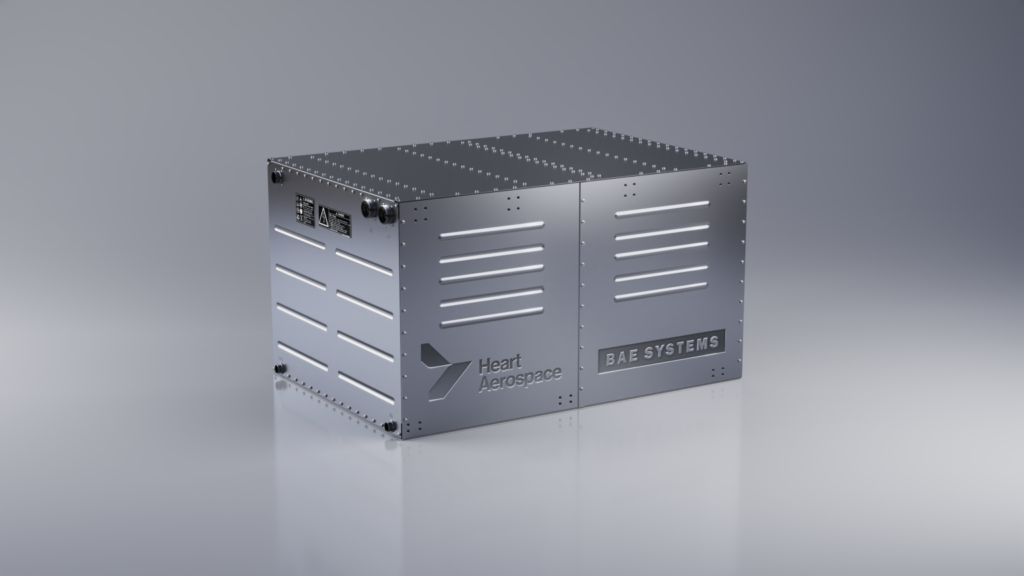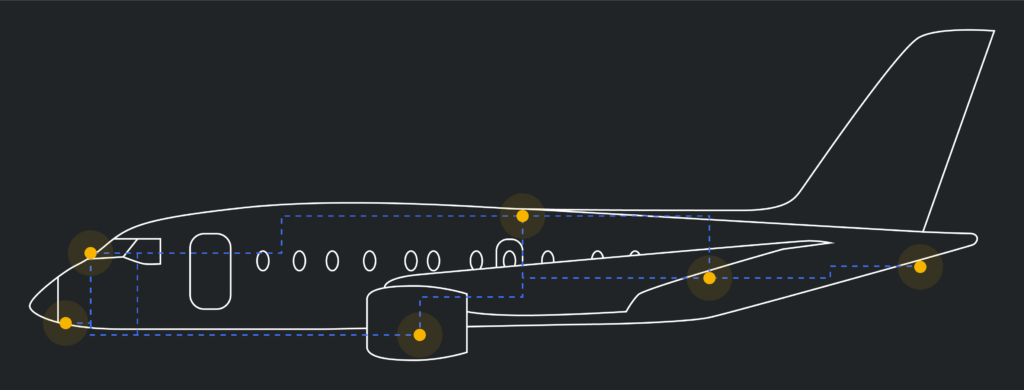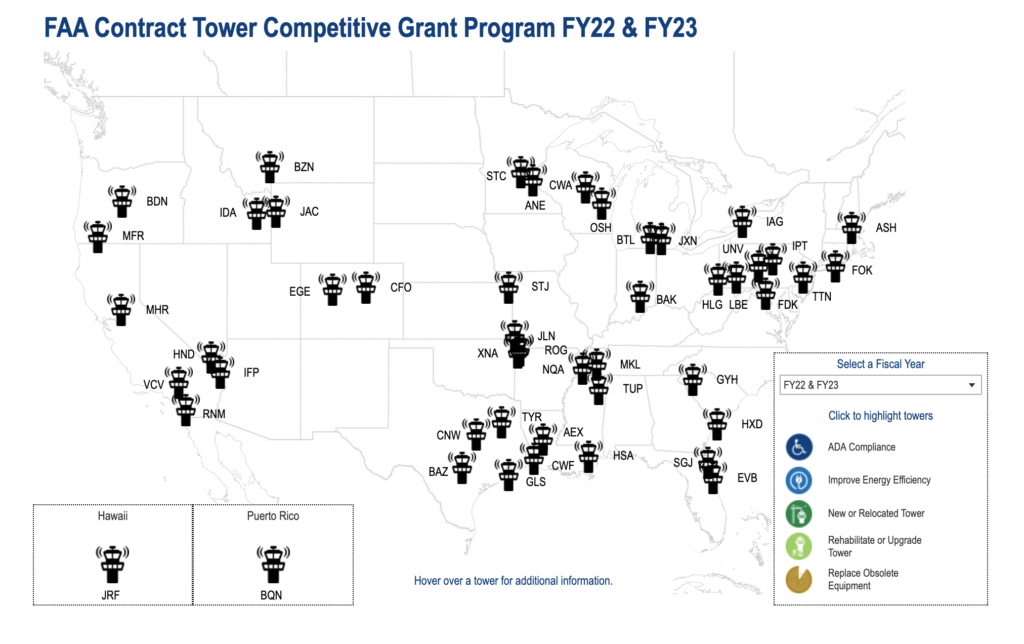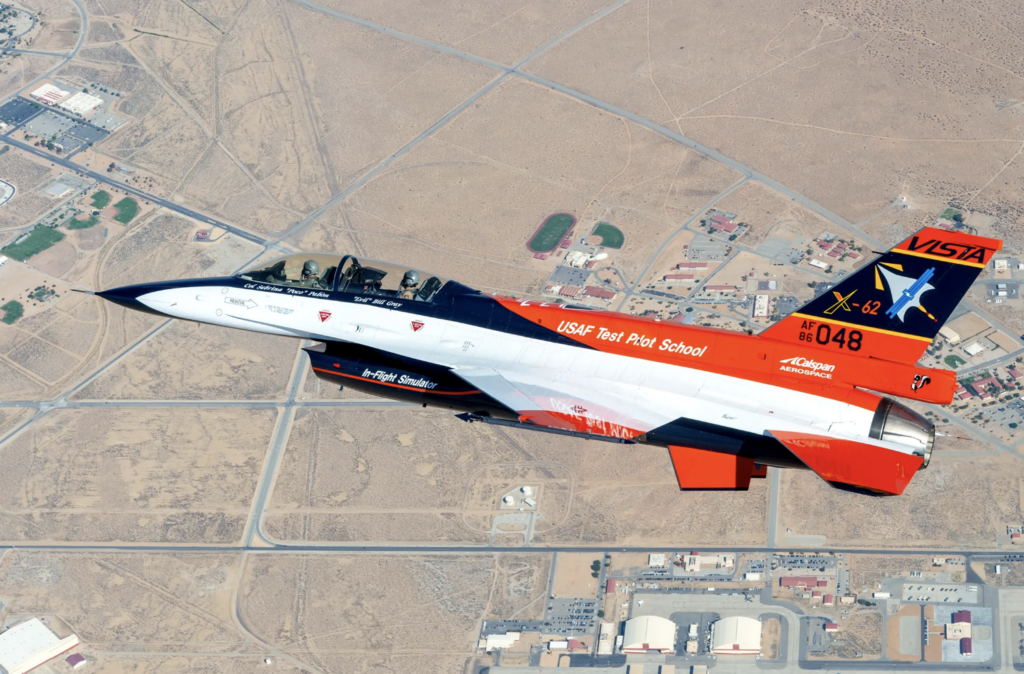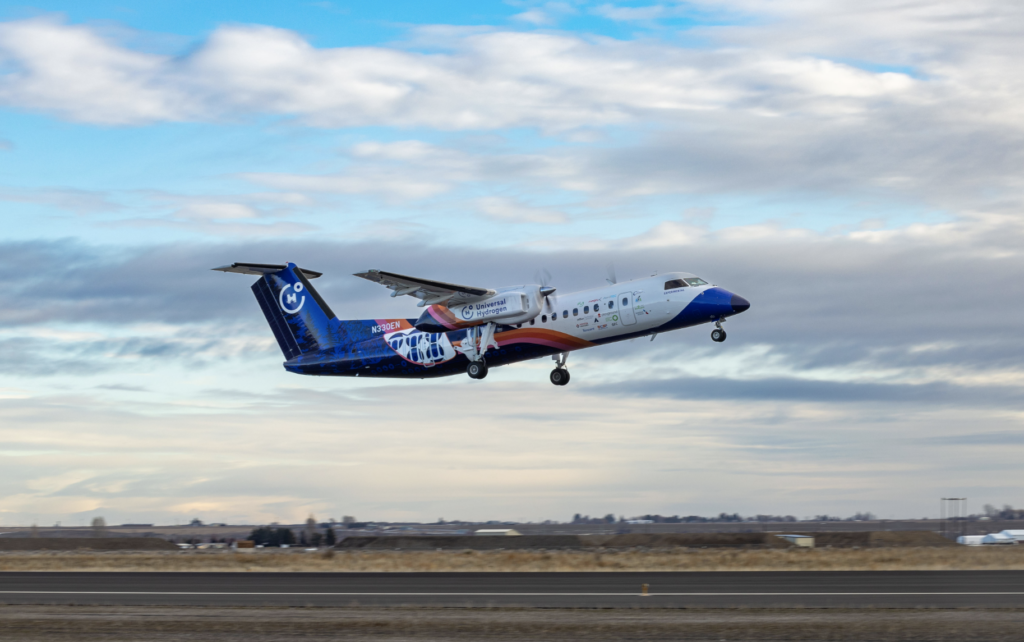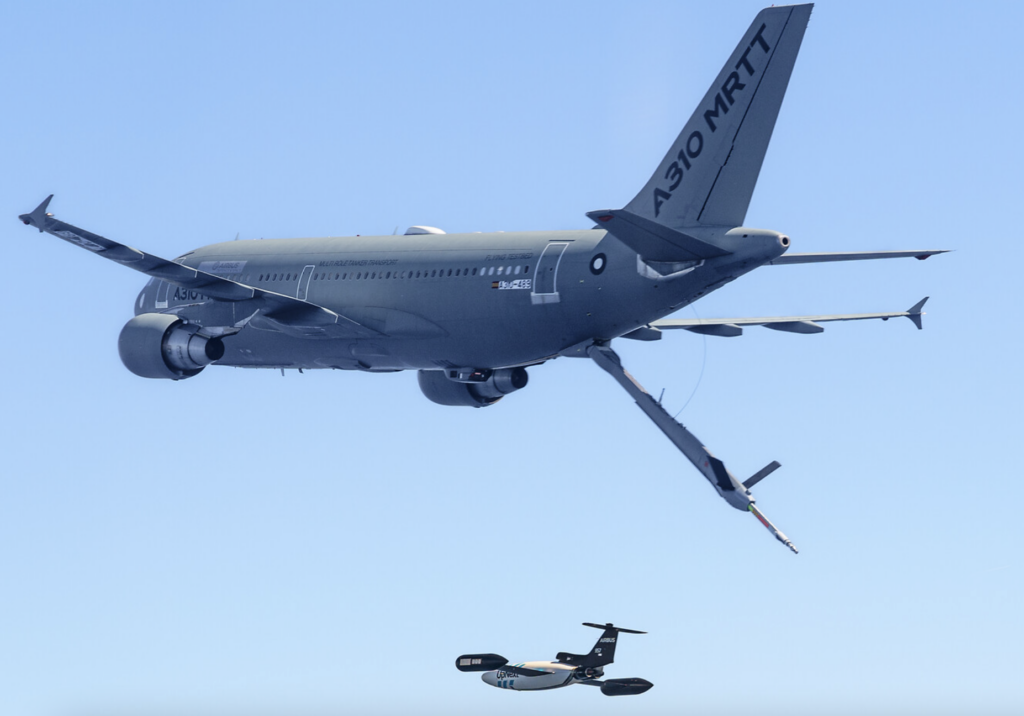FAA Awards $19 Million to Universities for Researching Aviation Noise Reduction


The FAA will grant $19 million to universities across the U.S. to conduct research on ways to reduce aviation noise. These research projects will be carried out as part of the Aviation Sustainability Center (ASCENT). (Photo: ASCENT)
The Federal Aviation Administration recently shared news of $19 million in awards to universities in the U.S. to research ways to reduce aviation noise.
The research projects will be conducted as part of the Aviation Sustainability Center (ASCENT), a cooperative aviation research organization founded in 2014. Washington State University and the Massachusetts Institute of Technology lead ASCENT, which is funded by the FAA and NASA as well as the Department of Defense, the Environmental Protection Agency, and Transport Canada. The FAA has now invested more than $35 million for research through the ASCENT program in the past 12 months.
Georgia Institute of Technology received $300,000 to analyze how an over-wing jet engine design could potentially achieve noise reductions. The university received an additional $300,000 award to evaluate the noise exposure resulting from the operation of many uncrewed aircraft in the airspace. Pennsylvania State University received an award of $220,000 for a sonic boom simulation project to help with establishing noise certification standards for low-boom supersonic aircraft in the future.
Four universities received an $850,000 award to collaborate on the development of more accurate methods of noise prediction for supersonic aircraft. Along with Georgia Institute of Technology and Pennsylvania State University, Stanford University and University of Illinois were included in this award.
The Massachusetts Institute of Technology team received $315,000 to develop noise models for various aircraft that fall into the advanced air mobility category. Pennsylvania State University received one award for acoustic modeling for urban air mobility (UAM) aircraft, and one for using computer modeling to create noise abatement procedures for helicopters.
Two of the largest awards were related to community impact. Nearly $2 million was given to Boston University’s team to determine the relationship between aircraft noise, sleep, mental health, and cardiovascular health. Similarly, the University of Pennsylvania team was awarded $1,077,621 to study how noise from aircraft affects sleep.
Laurence Wildgoose, FAA Assistant Administrator for Policy, International Affairs, and Environment, commented on the research awards, saying, “The university teams are creating a new path for the aviation industry and our investments in the research are paying dividends today.”
The post FAA Awards $19 Million to Universities for Researching Aviation Noise Reduction appeared first on Avionics International.
—————
Boost Internet Speed–
Free Business Hosting–
Free Email Account–
Dropcatch–
Free Secure Email–
Secure Email–
Cheap VOIP Calls–
Free Hosting–
Boost Inflight Wifi–
Premium Domains–
Free Domains






